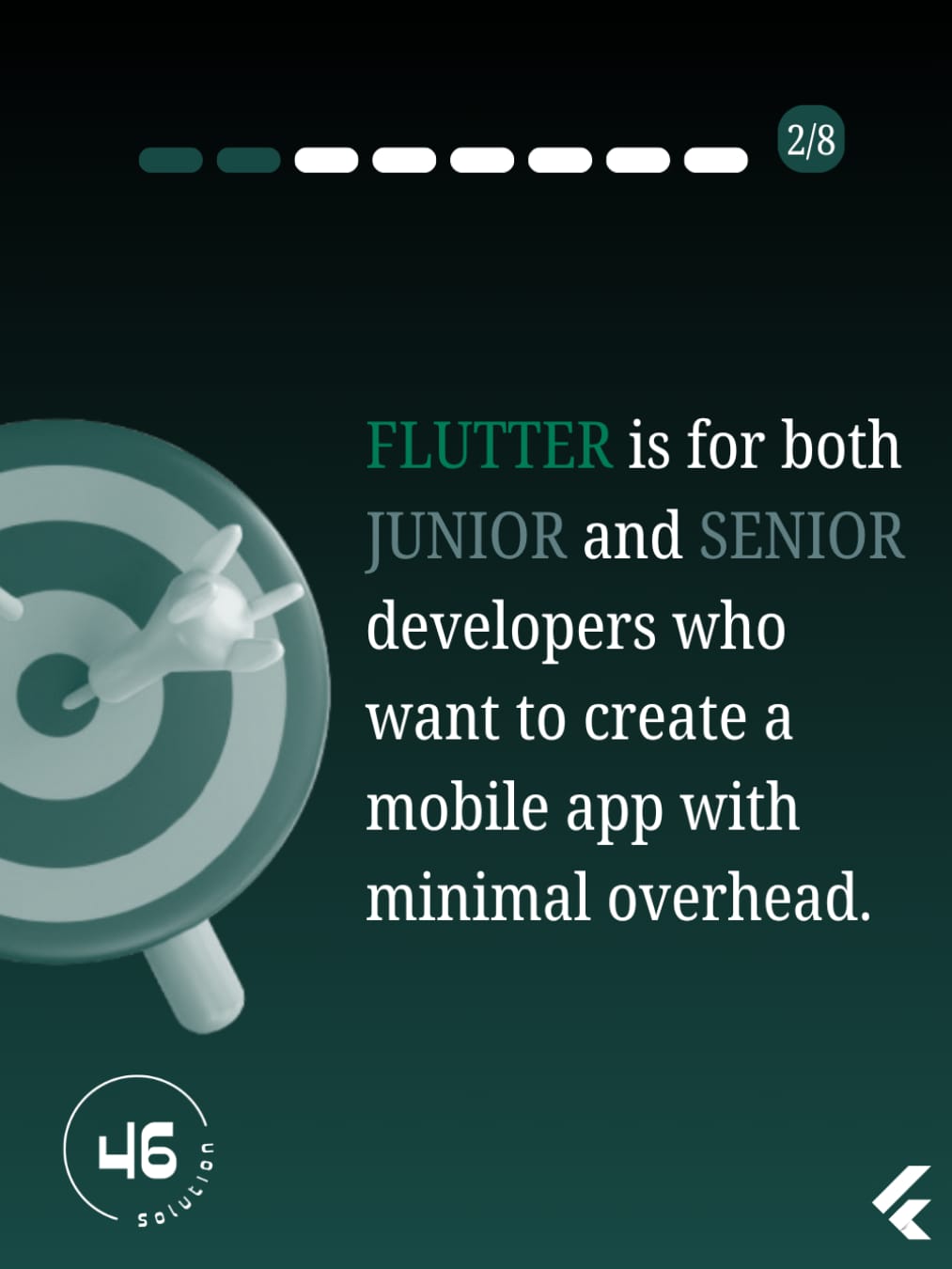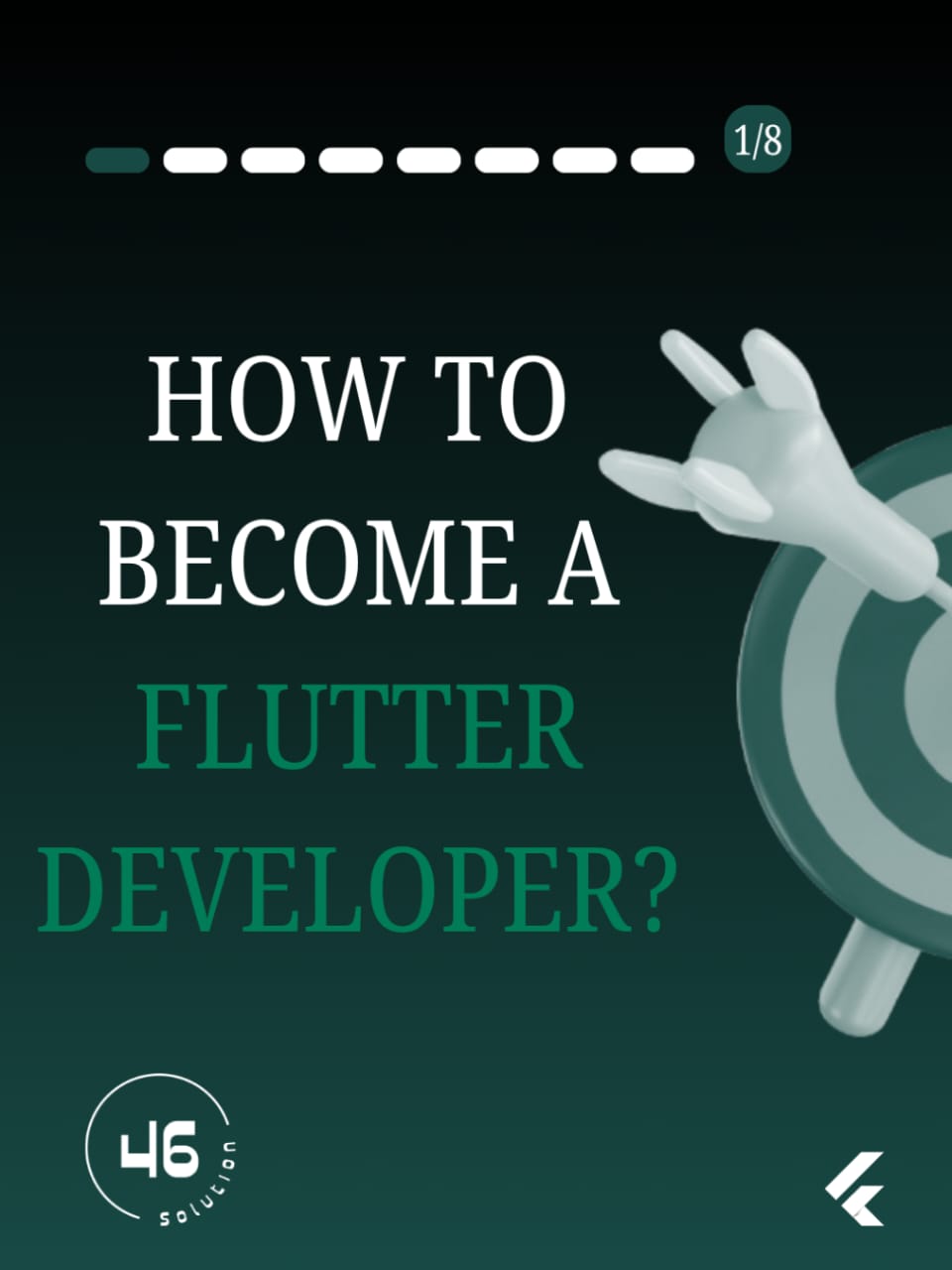Flutter, developed by Google, is an open-source UI toolkit that allows developers to create natively compiled applications for mobile, web, and desktop from a single codebase. Using the Dart programming language, Flutter provides a wide range of pre-designed widgets for building fast, expressive, and visually appealing user interfaces across multiple platforms.
In today’s digital marketplace, businesses need fast, seamless, and visually compelling mobile applications to stay ahead. Flutter—Google’s cutting-edge UI framework—has become the …




